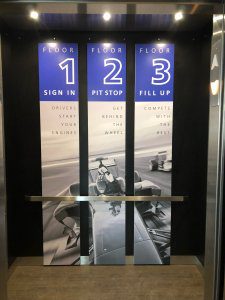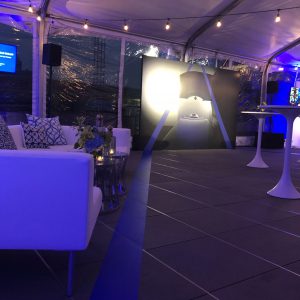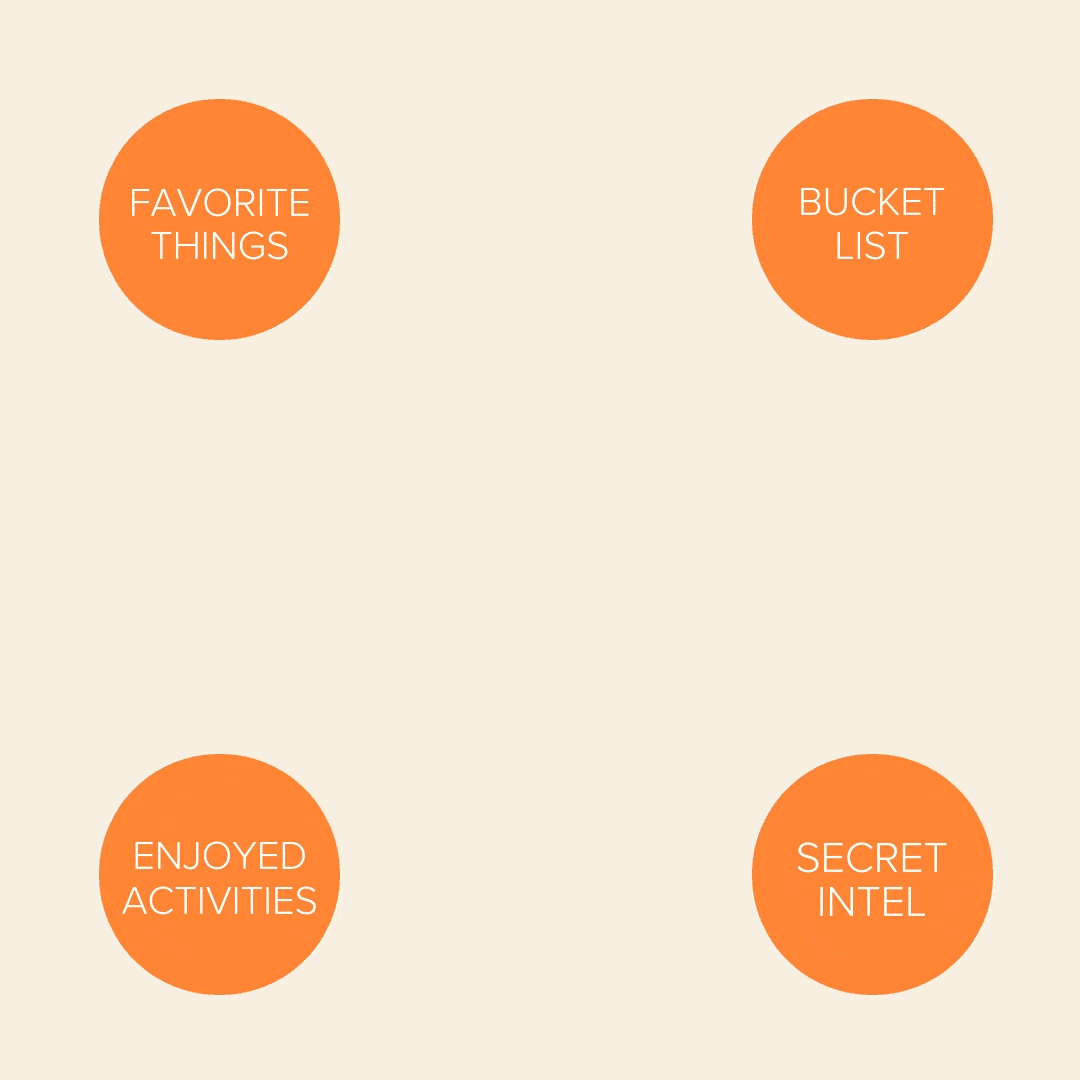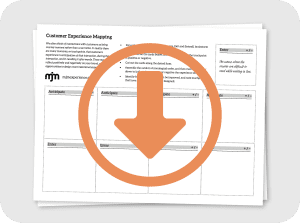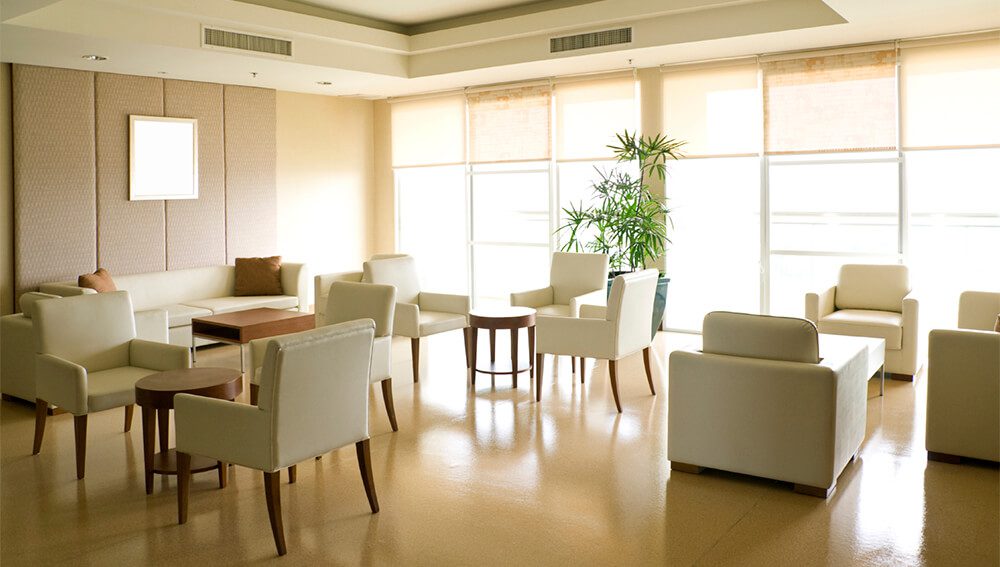Designing Experiences in the New Normal
In the era of social distancing and quarantining, it can be easy to believe that designing personal experiences for your customers is an impossible task. Since some of the key principles of experience design rely on using of the five senses to create the largest impact possible at each touch point, it would seem that those efforts would be rendered useless in these times of social distancing and virtual meetings. But we believe that these principles have never been more important.
With COVID-19, people are experiencing physical and even mental isolation. They miss even the most mundane aspects of what used to be normal, from reading a book at the coffee shop, to visiting their parents, and even making spontaneous trips to a big city. We believe that experiences with customers and patients can be redesigned to help create a new, healthy normal for these customers looking so hard for what used to be just another day.

To design compelling experiences in “the new normal” one must first consider
- What is different
- What is the same, and
- What can we do to adjust and create personal experiences for our customers in these circumstances.
What Is Different
What Is Different?
Designing virtual experiences is more important than ever
What Can We Do?
Enhance your virtual presence
People are far less likely to make the first point of contact with you in-person these days. This mean that it is time to modernize your phone systems, social media, and web elements to create a more intimate and personalized journey for the customer or patient.
What is Different?
Safety is a primary concern in any interaction
What Can We Do?
Create and message your safe in-person environments
Make it clear how you have taken every consideration possible to make a visitor’s experience a safe one. Post pleasant reminders to maintain safe distances and wear face coverings.
What Is Different?
Financial struggles have been exacerbated for both businesses and families
What Can We Do?
Avoid pushy messaging and ensure you are building relationships with your audience
The hard sell is (and always was) a bad approach. Instead of pushing sales and discounts, it is more important than ever to build a relationship with your customers and patients through social media, advertising, and other channels. If they feel that empathy and understanding is genuine, they will be far more likely to return to you when financial burdens have minimized.
What Is Different?
People are yearning for elements of normalcy and socialization
What Can We Do?
Make the visitor the star
With fewer people visiting in-person locations, you have an opportunity to spend extra time tending to those visitors and making them feel heard and appreciated. The benefit of this is two-fold: visitors will feel even more important AND potentially feel like the entire experience is more tailored to them than would have been possible in the old normal.
What Is the Same
What Is the Same?
The experience is the marketing
What Can We Do?
Reexamine every point of contact with your business or practice as part of your marketing
The experience of calling to plan an appointment should be considered as important as the actual experience of visiting or any ad campaign you have running. Creating memorable interactions throughout the customer or patient’s journey will always be the highest priority, no matter the circumstances.
What Is the Same?
Mass customization is still a key to personalized experiences
What Can We Do?
Skillfully tailoring offerings and journeys to an individual’s needs and wants will build a relationship
Think of the experience as more than just a transaction. During that customer or patient’s experience, look for elements that can be personalized just for them with little effort or cost to you. Do this well, and you’ll be well on your way to sustainably establishing a relationship with that audience member.
What Is the Same?
In-person interactions are still largely impacted by considering the five senses
What Can We Do?
Highlight the senses that we still can use to their fullest extent: Sight and Sound
Although masks and extra sanitation requirements limit our ability to appeal to all 5 senses, we still have plenty of room to use them. Warm cookies and coffee may not work right now, but you can still curate the visual and auditory experience of your interactions to make them unforgettable. Now is the time to consider how to make the visual appeal of your facilities match the tone of your brand and determine if there are any ways to personalize the audio experience of a visit to the smaller groups of customers and patients at your physical locations.
While this pandemic has found its ways to separate us, it’s our task to find new ways that experience design principles can connect you with your customers and patients. Though some of the approaches may be outside of our usual tendencies, we think that this shows how agile these principles can truly be for making real, personal connections with your audience.

Joel Jochim is a graphic designer at Matt Jensen Marketing.


